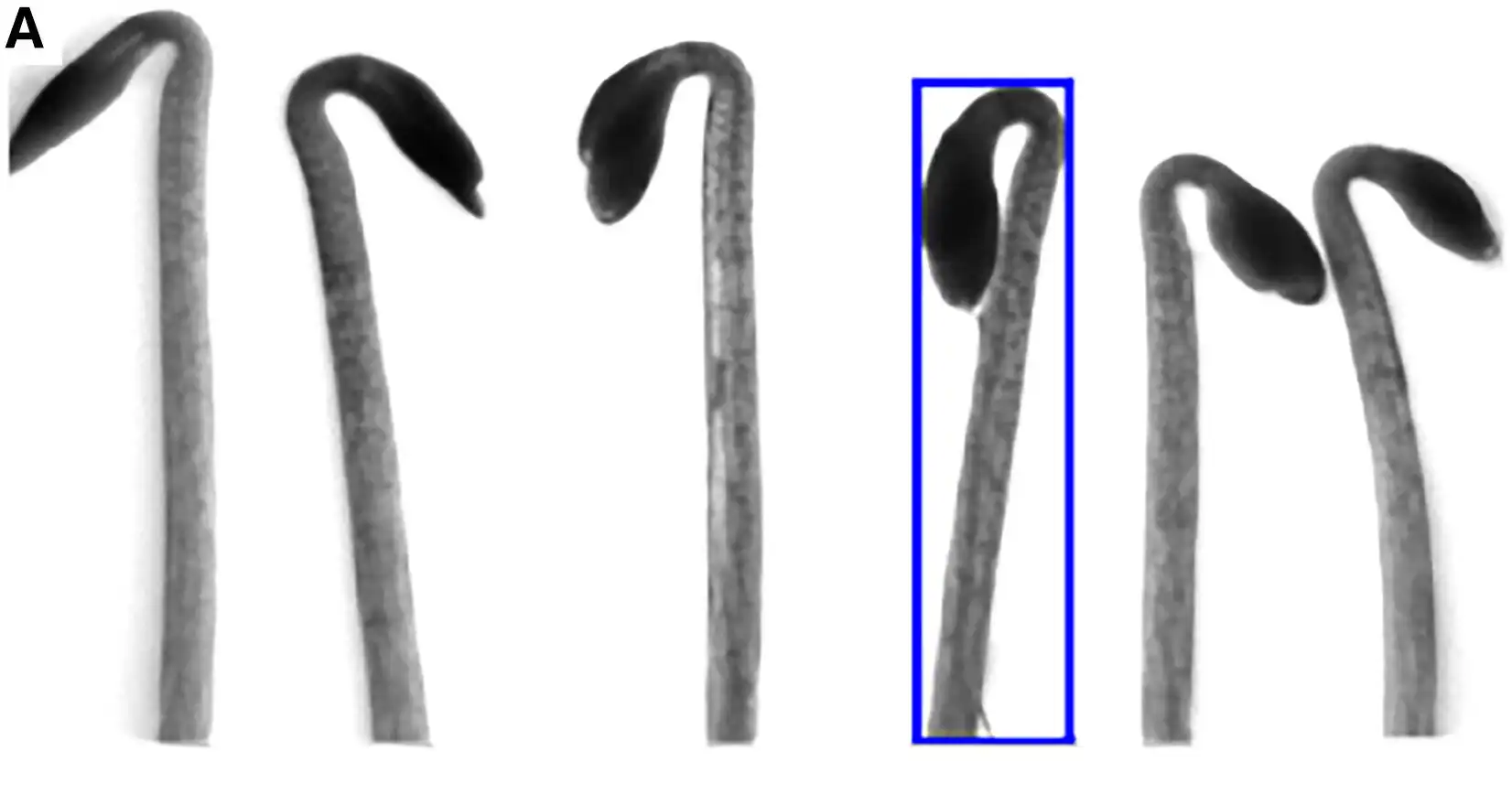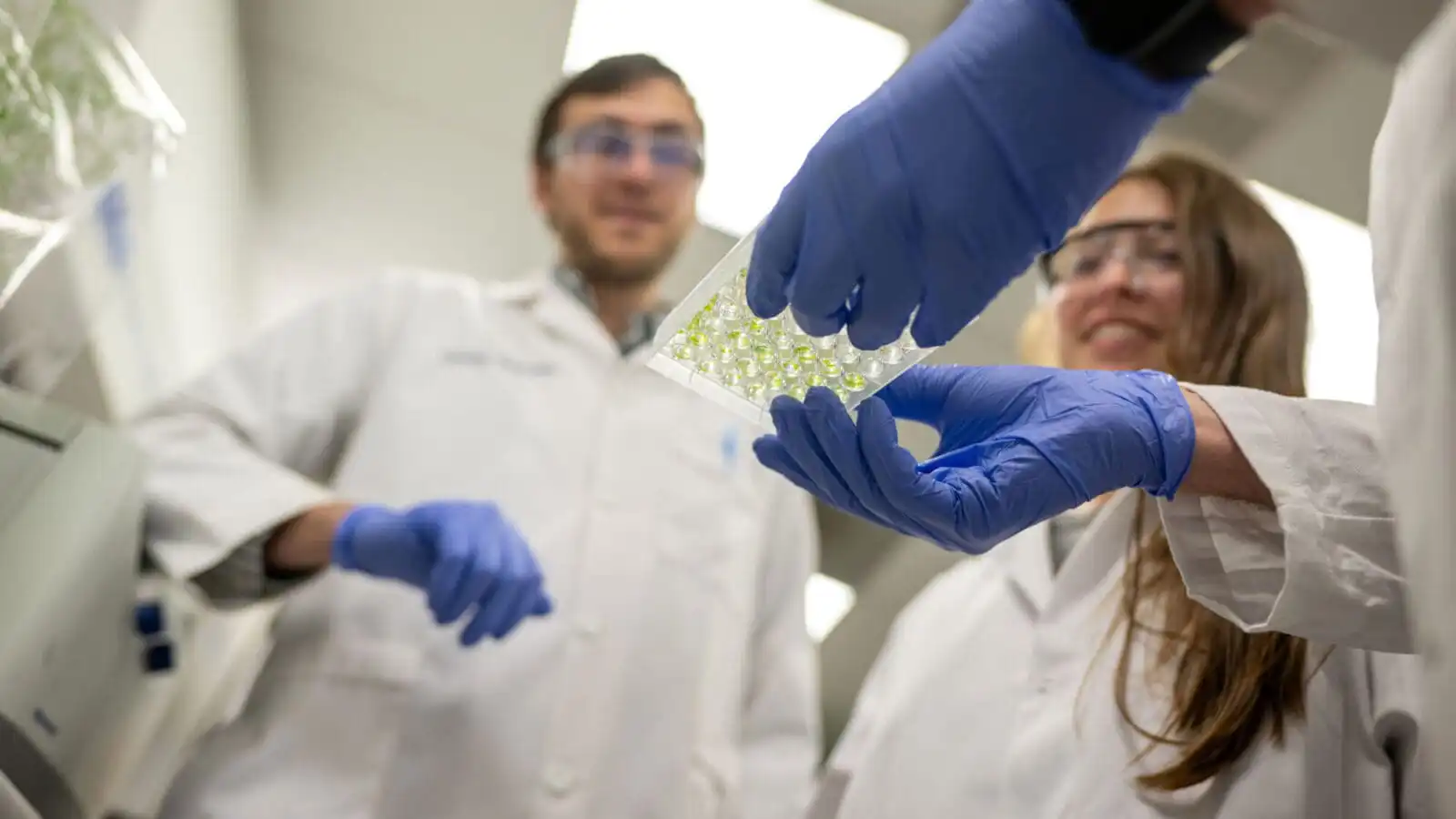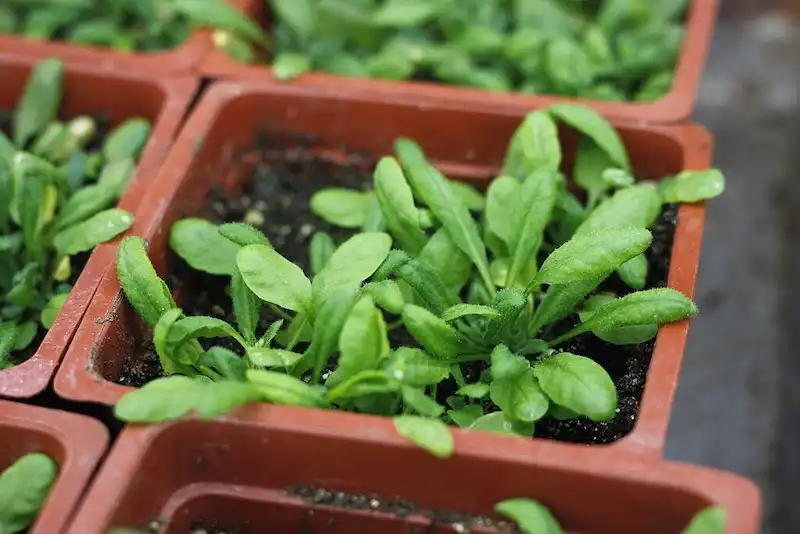
In the world’s longest-running ecological experiment, researchers found that increasing fertilizer use in agricultural grasslands reduces flower numbers five-fold and halves pollinator populations. Reducing fertilizer boosts biodiversity but lowers yields. A potential solution involves limiting nitrogen while maintaining other nutrients,…
Read More











